Your car’s dashboard is equipped with various warning lights designed to alert you to potential issues before they become major problems. These lights can provide crucial information about the health of your vehicle, from engine performance to safety systems.
Knowing what each light means and how to respond can help you avoid costly repairs and ensure your car remains reliable. In this guide, we’ll break down the common dashboard warning lights, explaining what they signify and what steps you should take if they illuminate.
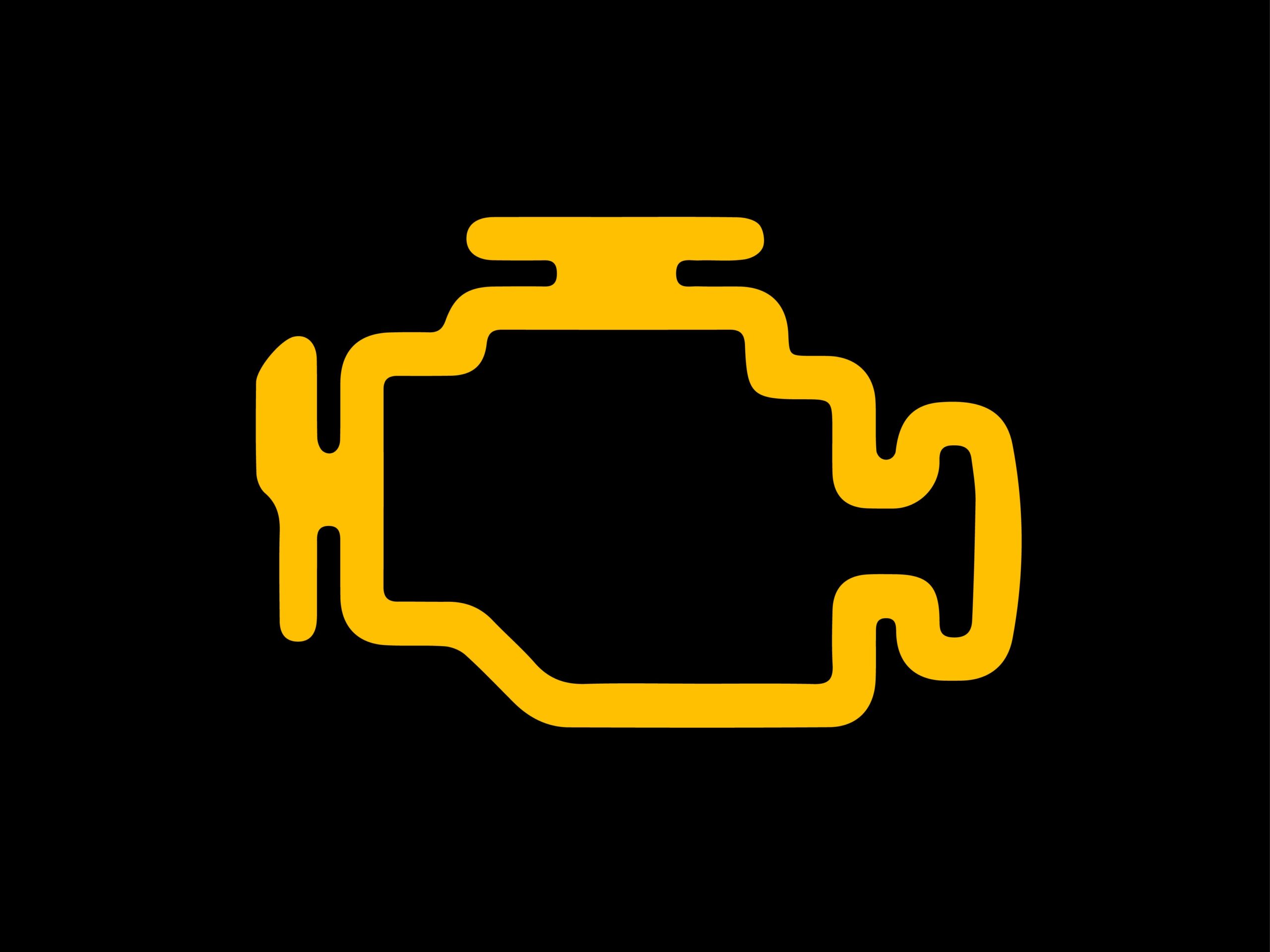
Engine Pressure
This light indicates that the vehicle’s engine control unit (ECU) has detected an issue. It could be related to various engine components, such as spark plugs, fuel injectors, or the catalytic converter. The problem could range from minor (like a loose gas cap) to more significant issues that could affect engine performance or emissions. It’s best to have your car checked by a mechanic to diagnose and resolve the issue.
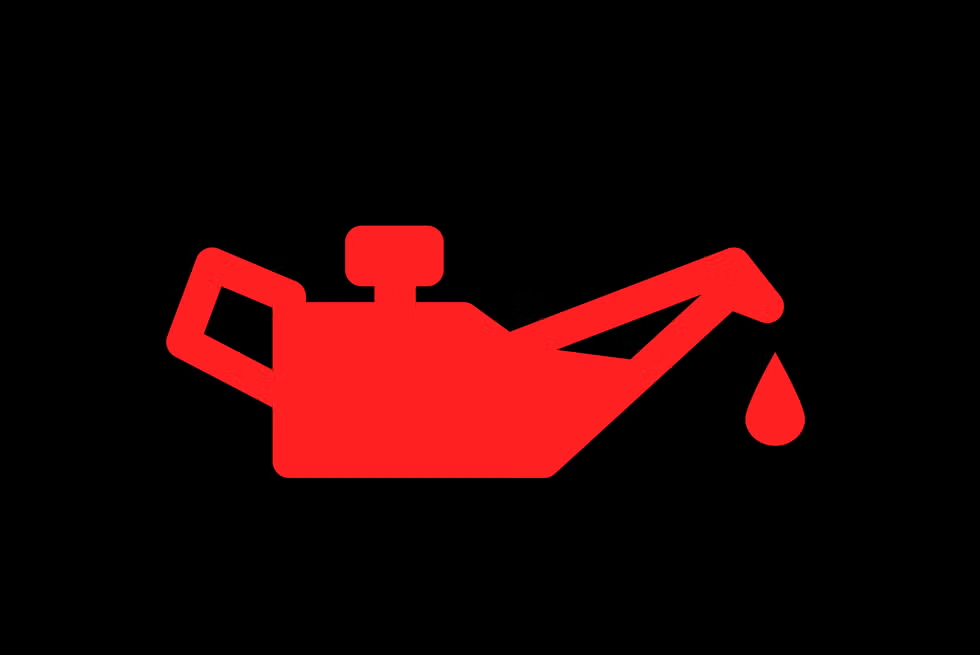
Oil Pressure
This light turns on if there’s a problem with the oil pressure in the engine. Low oil pressure can be caused by low oil levels, a failing oil pump, or a clogged oil filter. Insufficient oil pressure can lead to engine damage, so it’s important to check the oil level and quality immediately and address any issues. If the light stays on after adding oil, you should have the vehicle inspected by a professional.
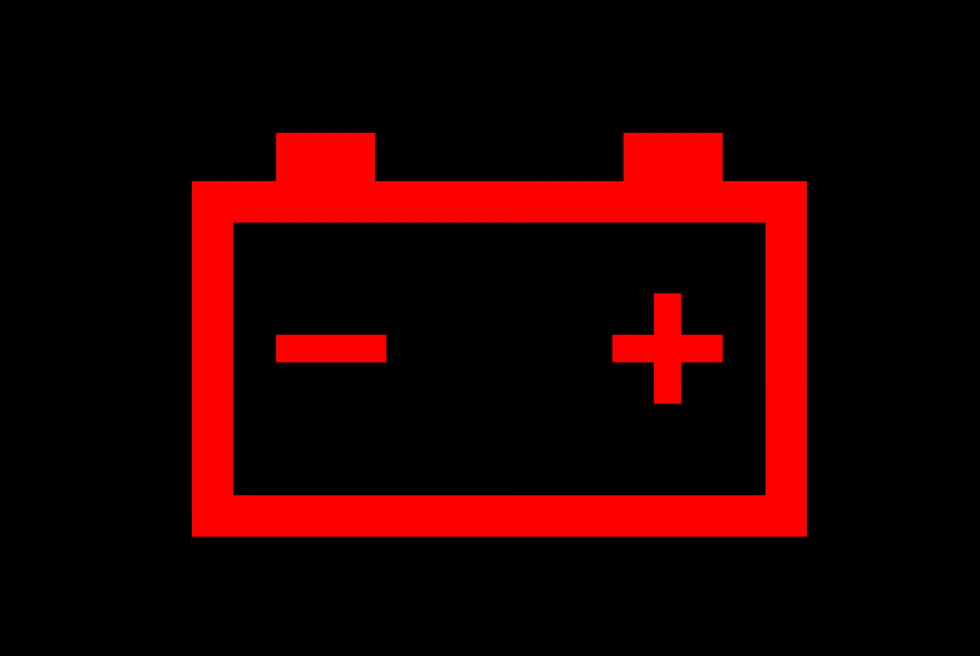
Battery
This light indicates that the car’s battery isn’t charging properly. It could be due to a faulty battery, alternator, or wiring issues. If this light comes on, it means the battery might not be getting enough power to start the car or keep electrical systems functioning. If you notice dimming lights or electrical problems, it’s crucial to have the charging system inspected and repaired to avoid getting stranded.
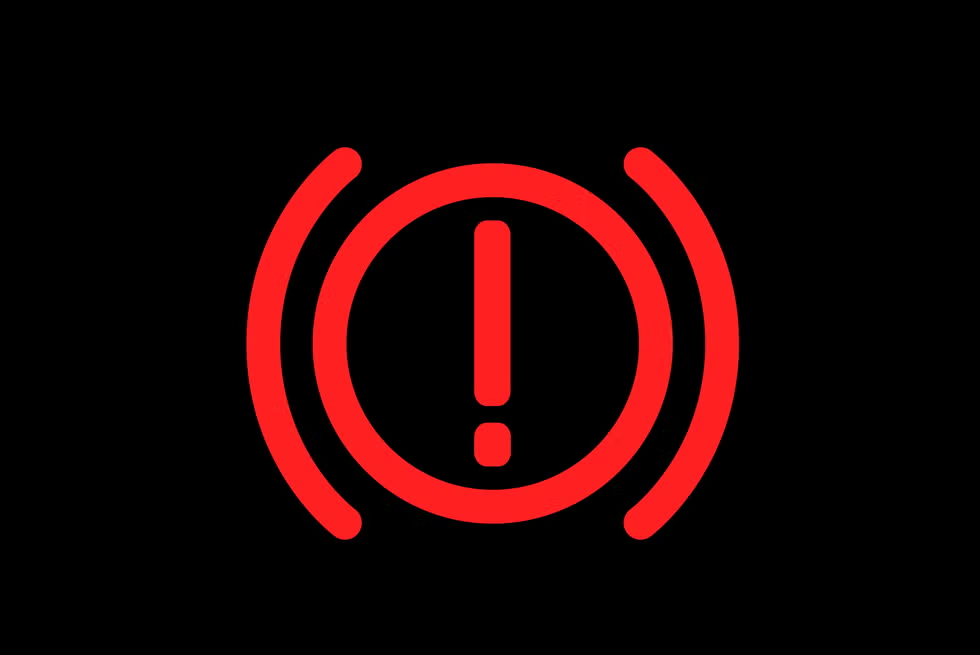
Brake System
This light can mean several things related to the braking system. It might be warning of low brake fluid levels, a problem with the brake system (like worn brake pads), or an issue with the parking brake. If this light comes on, you should check the brake fluid level and ensure the parking brake is fully released. If the light remains on, or if you notice any changes in braking performance, it’s important to have your brakes inspected immediately.
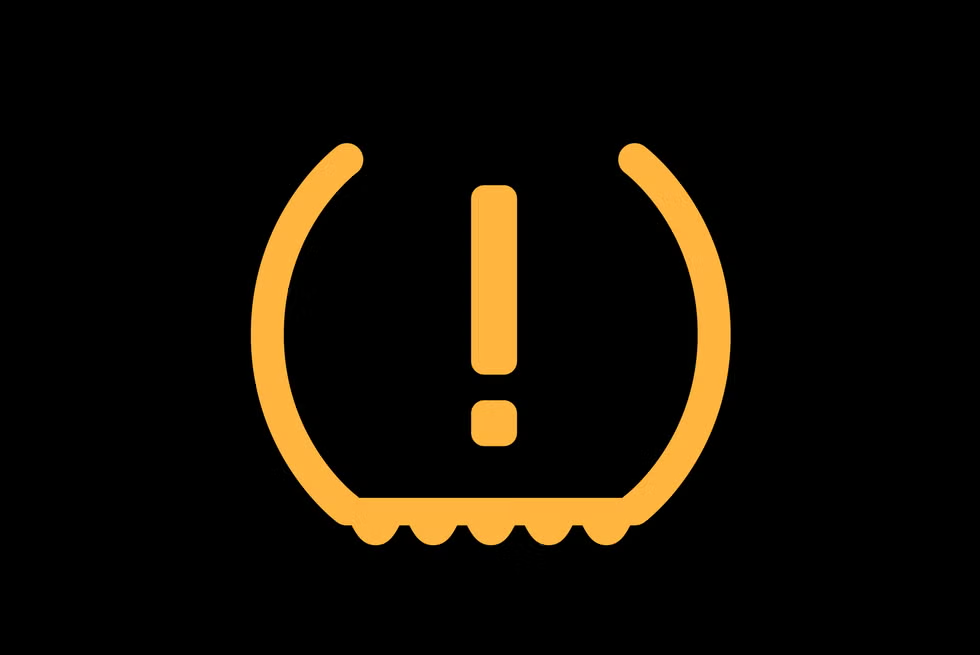
Tire Pressure Monitoring System
This light signals that one or more of your tires may be under-inflated. Proper tire pressure is crucial for safe driving, fuel efficiency, and tire longevity. When this light comes on, check the tire pressures and inflate them to the recommended levels. If the light stays on even after correcting the pressure, there may be a problem with the TPMS itself or a slow leak in a tire that needs attention.
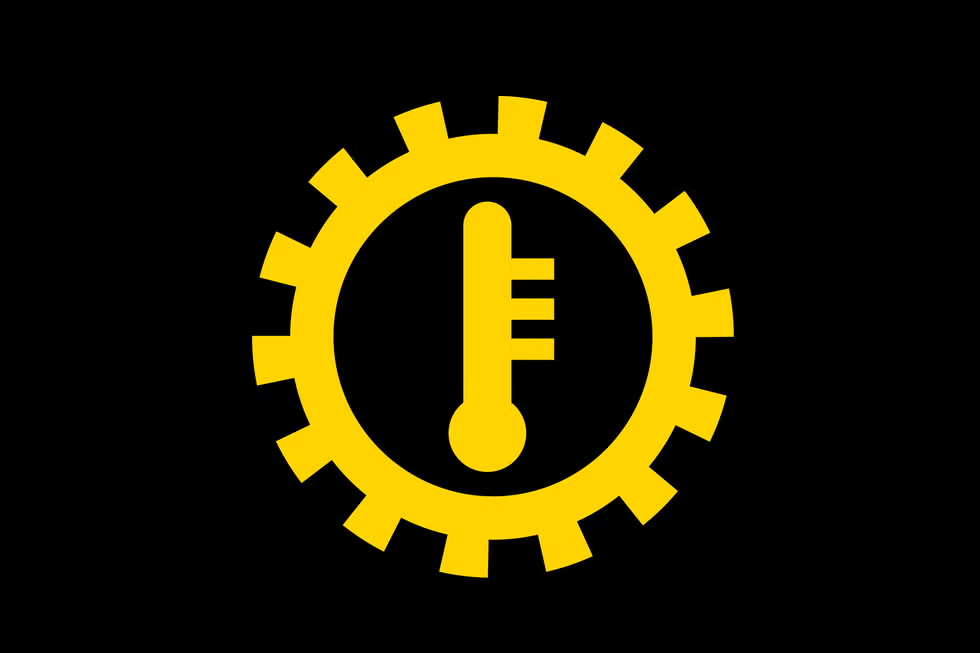
Transmission Temperature
This light warns that the transmission is overheating, which can be caused by heavy loads, towing, or driving in extreme conditions. Overheating can lead to transmission damage. If this light comes on, pull over safely and let the engine and transmission cool down before continuing. Check the transmission fluid level and quality, and avoid driving in conditions that might cause excessive heat.

Airbag Warning
This light indicates a problem with the airbag system, which may affect the deployment of airbags in the event of a crash. Issues could range from a faulty sensor to a problem with the airbag itself. If this light is on, it’s crucial to have the airbag system inspected by a professional to ensure it will function correctly if needed.
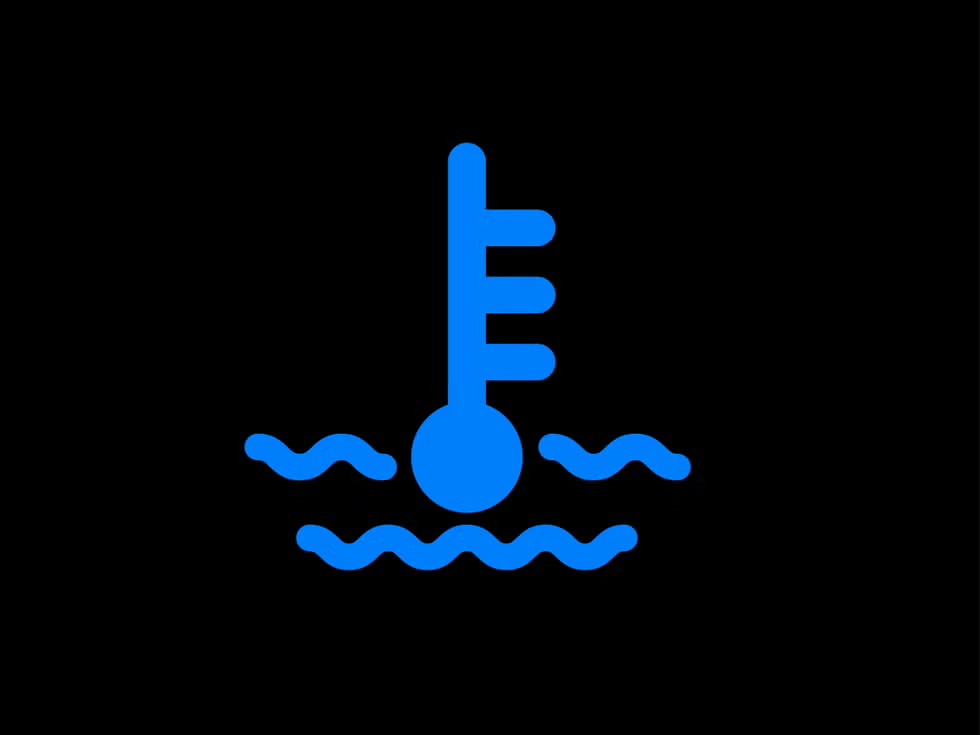
Coolant Temperature Warning
This light signals that the engine is running too hot. Overheating can be caused by low coolant levels, a failing thermostat, or a malfunctioning radiator. If this light comes on, pull over and let the engine cool down. Check the coolant level and add more if necessary. If the problem persists, have the cooling system checked for leaks or other issues.
Summary
Your car’s dashboard shows important alerts about how your vehicle is running. These alerts help you catch problems early before they become big issues. By paying attention to these signals and acting quickly, you can keep your car in good shape and avoid expensive repairs. Staying on top of these warnings helps ensure your car runs smoothly and reduces the chances of unexpected breakdowns.
